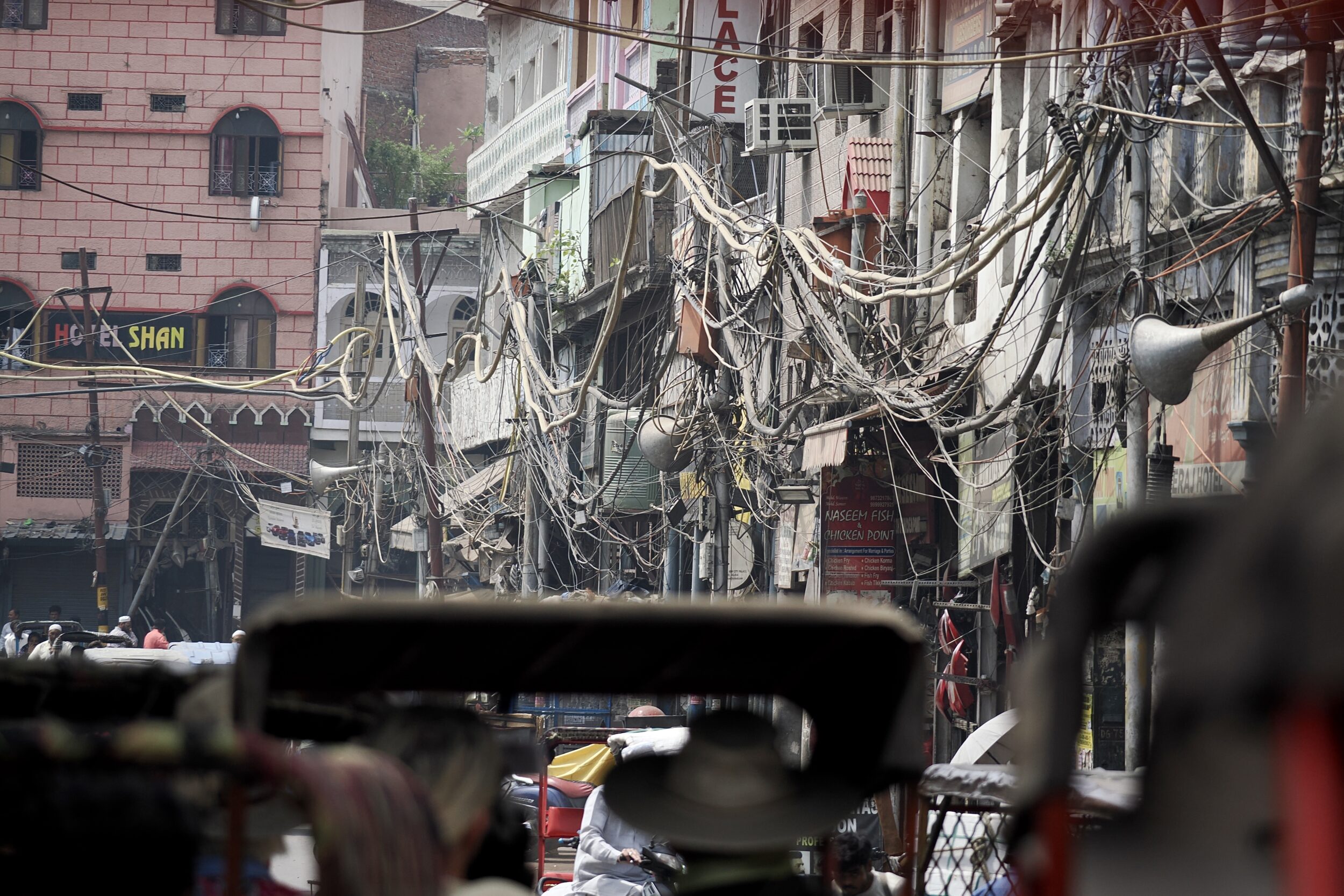Originally, in the 17th century CE, what is now known as “Old Delhi” was Delhi – a walled, Mughal city.
Now, it is no longer walled, and occupies only a minute proportion of Delhi’s mushrooming metropolis.
As it happens, I have experienced a number of the world’s megacities. (metropolises of more than ten million humans)
In 2024, Old Delhi’s 300,000+ residents probably comprise circa one percent of Delhi’s population.
Various lists of the world’s megacities offer sometimes-ludicrously-divergent rankings and alleged population figures, but most agree that Delhi’s metropolis now has many more human residents than does the entire Australian nation.
Most such lists now rate Delhi as one of the world’s three largest metropolises, by population.
Delhi will almost certainly soon claim Tokyo’s current title as “#1 metropolis”.
Anyone once-familiar with Delhi, but who has not been there for more than a decade, should prepare to be amazed.
Much of it was simply “not yet there” ten or twenty years ago.
Much of what was already there has been very radically “redeveloped”, “modernised”, or “cleaned up”.
Old Delhi, however, remains unsanitised, mind-boggingly congested, and incredibly entrepreneurial.
It may well be “our” planet’s most “happening” urban precinct.
A future multi-image post – or series of Old Delhi posts – will attempt to illustrate/justify that assertion!
Meanwhile, click here to read a 2020 visitor’s vivid description of Old Delhi; as its author says, Midtown Manhattan at its craziest does not come close.
(Photo is ©️ Doug Spencer – taken from a rickshaw’s front seat at 10.38 am on 03 May 2024. As you can see, Old Delhi is a global leader in “informal” electrical “connectivity”)
